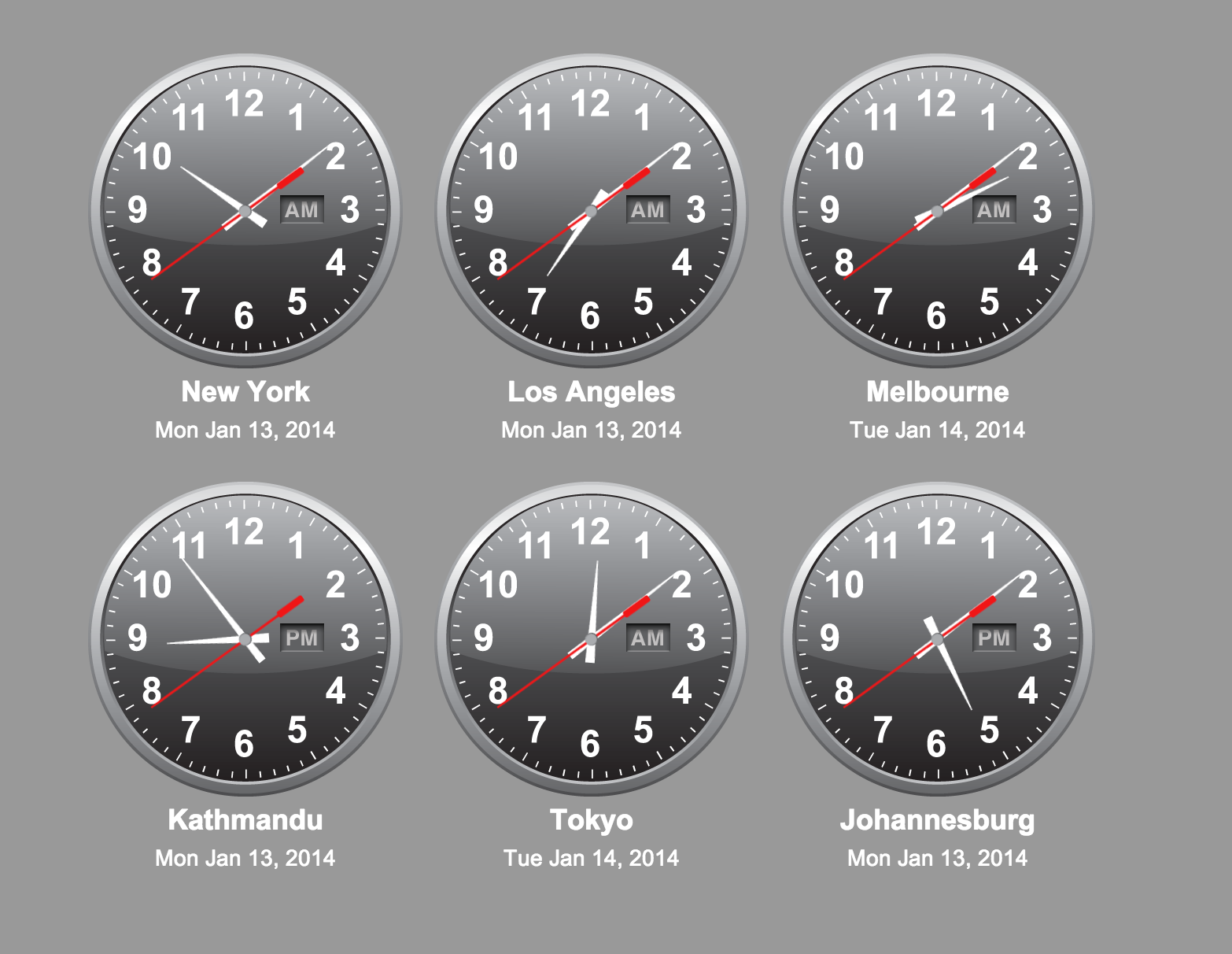

Thorium recovery from monazite usually involves leaching with sodium hydroxide at 140☌ followed by a complex process to precipitate pure ThO 2. There are substantial deposits in several other countries (see Table below). World monazite resources are estimated to be about 16 million tonnes, 12 Mt of which are in heavy mineral sands deposits on the south and east coasts of India. Monazite is found in igneous and other rocks but the richest concentrations are in placer deposits, concentrated by wave and current action with other heavy minerals. The most common source of thorium is the rare earth phosphate mineral, monazite, which contains up to about 12% thorium phosphate, but 6-7% on average. In nuclear fuel, fission gas release is much lower than in UO 2. It has higher thermal conductivity and lower thermal expansion than UO 2, as well as a much higher melting point. Thorium oxide (ThO 2) is relatively inert and does not oxidise further, unlike UO 2. Glass containing thorium oxide has both a high refractive index and wavelength dispersion, and is used in high quality lenses for cameras and scientific instruments. Thorium oxide (ThO 2), also called thoria, has one of the highest melting points of all oxides (3300☌) and so it has found applications in light bulb elements, lantern mantles, arc-light lamps, welding electrodes and heat-resistant ceramics. When heated in air, thorium metal ignites and burns brilliantly with a white light. However, when it is contaminated with the oxide, thorium slowly tarnishes in air, becoming grey and eventually black. When pure, thorium is a silvery white metal that retains its lustre for several months. The decay chains of natural thorium and uranium give rise to minute traces of Th-228, Th-230 and Th-234, but the presence of these in mass terms is negligible. Thorium exists in nature in a single isotopic form – Th-232 – which decays very slowly (its half-life is about three times the age of the Earth). Soil contains an average of around 6 parts per million (ppm) of thorium. Thorium is very insoluble, which is why it is plentiful in sands but not in seawater, in contrast to uranium. It is found in small amounts in most rocks and soils, where it is about three times more abundant than uranium. Thorium is a naturally-occurring, slightly radioactive metal discovered in 1828 by the Swedish chemist Jons Jakob Berzelius, who named it after Thor, the Norse god of thunder.

This is occurring preeminently in China, with modest US support. Extracting its latent energy value in a cost-effective manner remains a challenge, and will require considerable R&D investment. The use of thorium as a new primary energy source has been a tantalizing prospect for many years. Molten salt reactors are well suited to thorium fuel, as normal fuel fabrication is avoided.Thorium fuels can breed fissile uranium-233 to be used in various kinds of nuclear reactors.It is fertile rather than fissile, and can only be used as a fuel in conjunction with a fissile material such as recycled plutonium.Thorium is more abundant in nature than uranium.


 0 kommentar(er)
0 kommentar(er)
